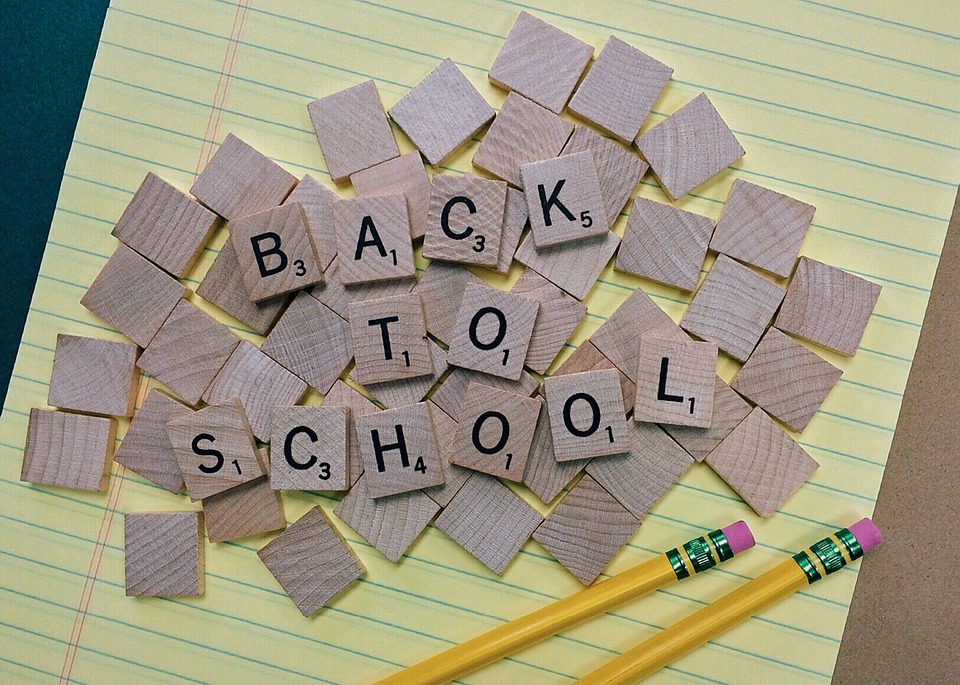This is a sponsored guest post.
Is it that time of year again— time to fill up the backpacks and send your kids off to school? If the answer is yes, then there’s probably a worry or two floating around, right? Maybe it’s a little stress over scheduling, the morning routine, or the new teachers’ classroom management skills. Regardless of what else is on your plate, you sure don’t want to add lice to the mix…

Welcome to Lice 101! We are here to educate you on all you need to know about going back to school and head lice, so you can get prepared and stay prepared!
Is It Really That Likely My Child Will Get Head Lice At School?
While we aren’t mathematicians, we do have some numbers to share with you. As the Center for Disease Control specifies, there are “an estimated 6 million to 12 million infestations [that] occur each year in the United States among children 3 to 11 years of age.” While we can’t accurately present you with a percentage point reflecting the likelihood of your child getting head lice at school, it is a statistical probability that your child will get lice at least once. So it’s best to learn the facts and take steps to minimize your child’s risk.
What Exactly Are Head Lice?
Head lice are tiny parasites that feed on human blood drawn from the scalp. Head lice are about the size of a sesame seed and can be any color, from white and yellow to gray and brown. They live exclusively on human beings and can’t infest animals. Moreover, head lice lay eggs, called nits. Adult lice lay up to “10 eggs per day. These tiny eggs are firmly attached to the base of the hair shaft within approximately 4 mm of the scalp with a gluelike substance produced by the louse.” That means you have to keep your eyes peeled not just for lice, but for nits as well!
How Would My Child Get Head Lice At School?
How would my child get head lice at school is a great question! Lice are not lying in wait in the sandbox or hiding in the cracks in the walls. It’s extraordinarily unlikely that your child would get lice from his or her desk, chair, or any piece of furniture for that matter.
The most likely way that your child would get head lice at school is from other children – more specifically, from direct head-to-head contact with other children.
As the CDC attests, “the risk of getting infested by a louse that has fallen onto a carpet or furniture is very small. Head lice survive less than 1–2 days if they fall off a person and cannot feed.” Head lice want to stick to their source of food and warmth— humans! Lice have claw-like hooks at the end of each leg, so they can tightly cling to hair in such a way that they are not easily dislodged.
While there’s still a slight possibility of getting head lice from sharing hats, scarves, headphones, or other items that have recently touched another human head, the real culprit of lice infestation is head-to-head contact. That being said, the American Academy of Pediatrics states that “it is prudent for children to be taught not to share personal items, such as combs, brushes, and hats” to aid in the prevention of transmission of head lice.
What Can I Do To Prevent The Spread of Lice?
Dr. Hannah Chow-Johnson, a pediatrician at Loyola University Health System, advises parents to “check your child’s hair once a week. It’s inconvenient, but it’s far easier to deal with lice early on than after the bugs have been there for a month.” Remember that just glancing at your child’s hair isn’t enough to determine if your child has lice or not. Lice move quickly! A fine-toothed nit and lice comb will get the job done. Dedicate 10 to 15 minutes a week to check your child’s hair for lice using a comb like the Nit Terminator comb.
Wait, but how do I know if my child has head lice? Learn the ins and outs of head lice diagnosis and how to effectively and efficiently check for head lice!



